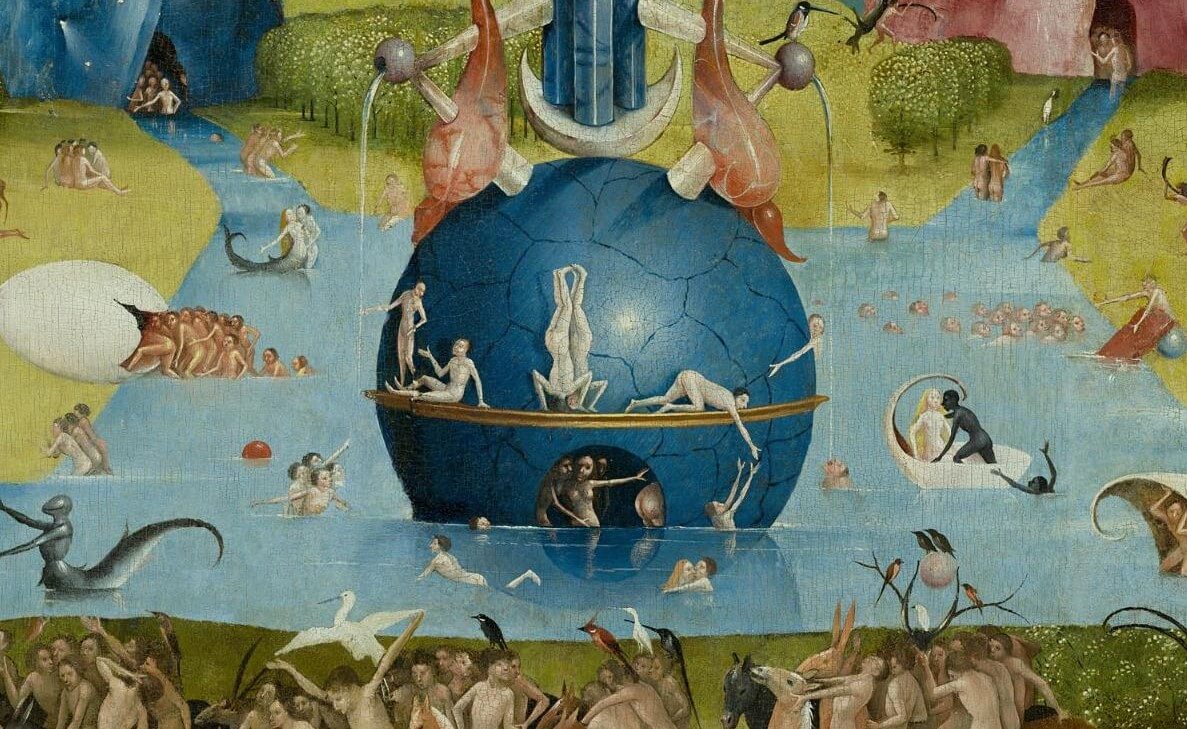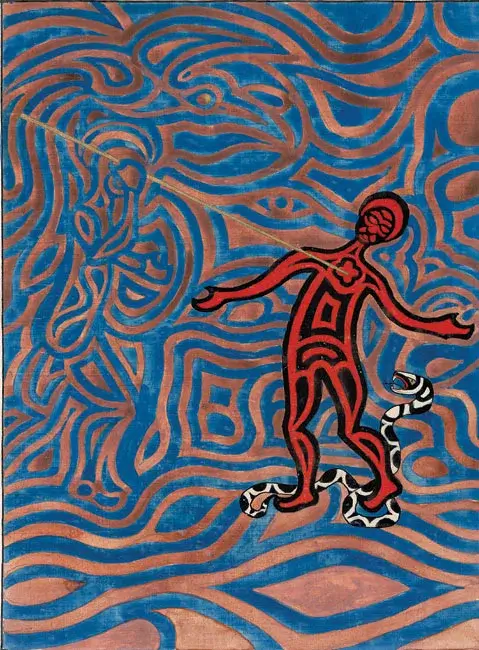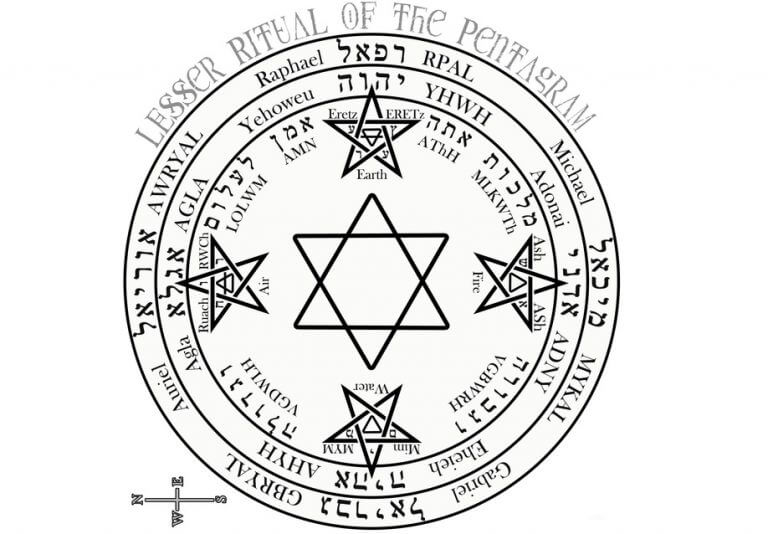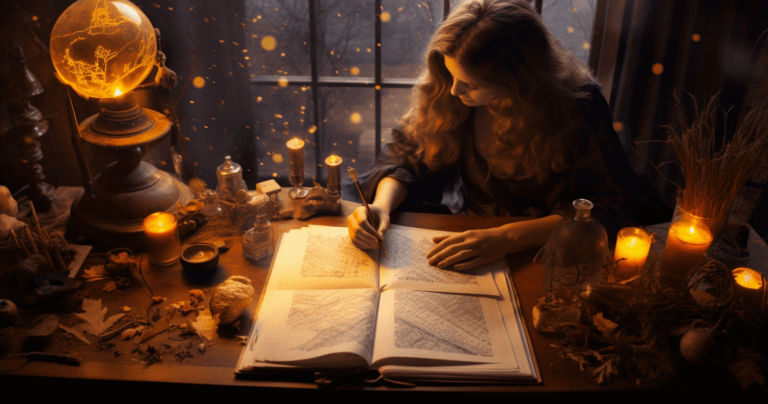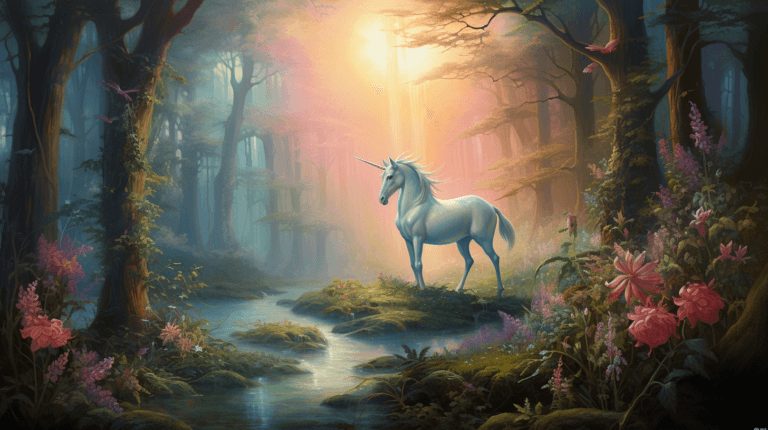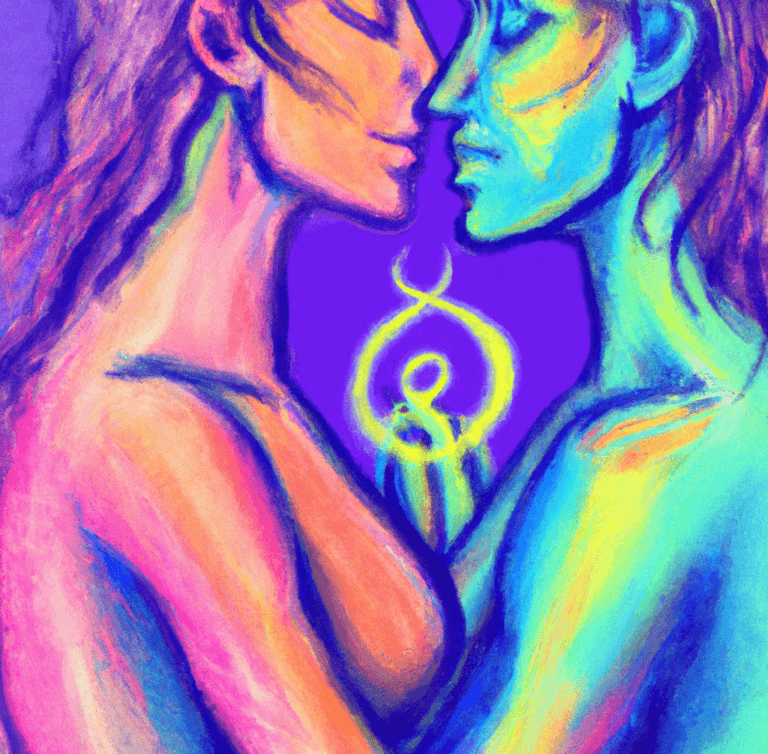Occult and Hermetic Symbolism in Hieronymus Bosch
Unveiling the Occult and Hermetic Symbolism in Hieronymus Bosch’s Works
Hieronymus Bosch, the enigmatic Dutch painter of the late Middle Ages, is renowned for his fantastical and nightmarish artworks. His paintings, filled with intricate details and bizarre imagery, have fascinated and perplexed art enthusiasts for centuries. Beneath the surface of his seemingly chaotic compositions lies a rich tapestry of occult and hermetic symbolism. Bosch’s works serve as a portal to the esoteric realms of alchemy, mysticism, and the hidden dimensions of the human psyche.
Alchemy: Transmutation and Transformation
One of the prominent themes in Bosch’s paintings is alchemy, the ancient art of transmuting base metals into gold. Alchemy also symbolizes the transformation of the human soul, seeking enlightenment and spiritual purification. In “The Alchemist,” Bosch depicts an alchemical laboratory with a chaotic array of vessels, tools, and mystical creatures. The composition implies the esoteric quest for inner transmutation, as the alchemist and his assistant explore the alchemical processes of distillation and sublimation, metaphors for purifying the soul.
Mysticism: The Journey of the Soul
Bosch’s works are replete with mystical symbolism, inviting viewers into a world of hidden meanings and spiritual contemplation. In “The Garden of Earthly Delights,” an iconic triptych, Bosch explores the human soul’s journey through temptation, sin, and salvation. The left panel portrays the earthly paradise, while the central panel displays the world consumed by hedonism and debauchery. The right panel presents the consequences of indulgence—a hellish realm filled with grotesque creatures. This triptych represents the soul’s progression from innocence to corruption and its ultimate redemption.
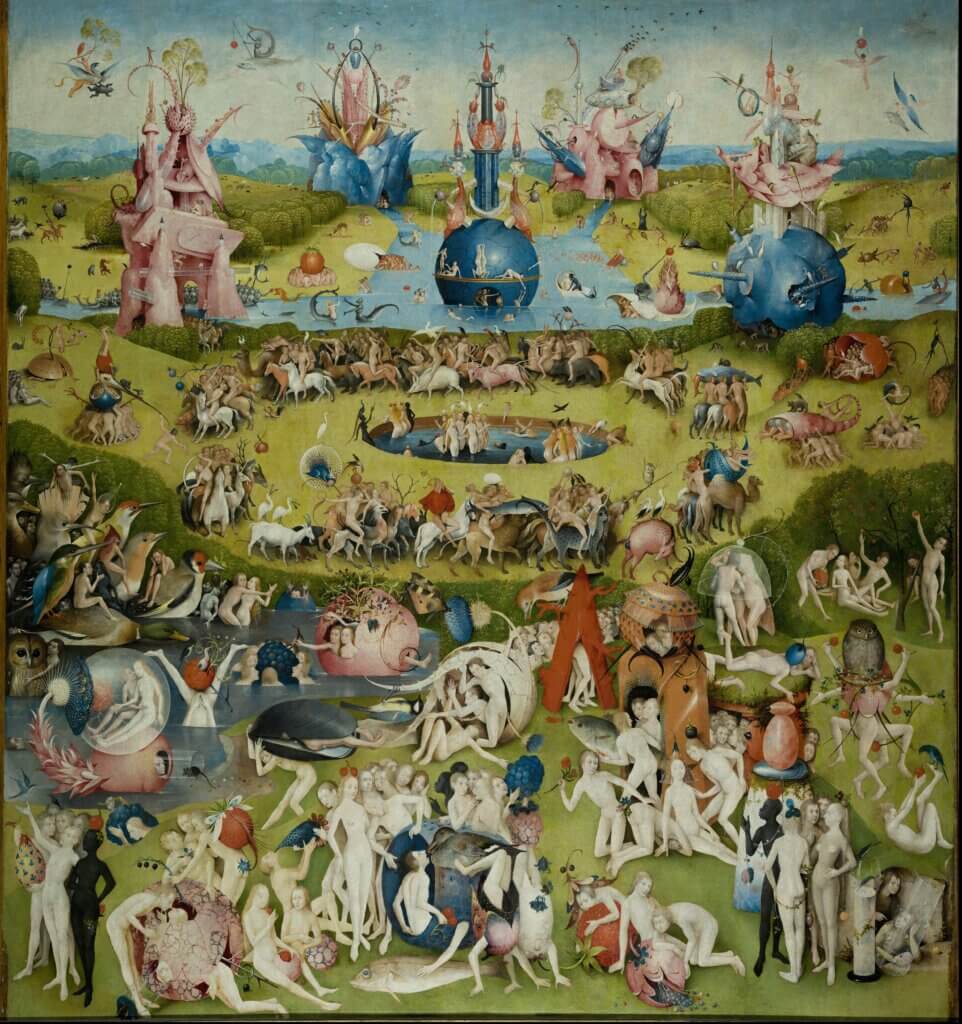
Make sure to view the full sized version of The Garden of Early Delights. It’s crazy detailed.
Hermeticism: The Unity of Opposites
Hermeticism, an ancient philosophical and spiritual tradition, emphasizes the interconnectedness of all things and the union of opposites. Bosch’s works often depict a juxtaposition of the sacred and the profane, the beautiful and the grotesque, highlighting the fragile balance between these opposing forces. In “The Temptation of St. Anthony,” the saint is assailed by a parade of bizarre creatures, symbolizing the temptations of the material world. This work encapsulates the Hermetic principle of balancing the spiritual and physical realms, urging the viewer to seek harmony between these opposing forces.
Symbolic Creatures: Unveiling Hidden Meanings
Bosch’s paintings are populated with a multitude of fantastical creatures that embody symbolic significance. The owl, for instance, represents wisdom and the nocturnal aspects of the psyche. Serpents, often depicted in Bosch’s works, symbolize temptation and the fall from grace. The fish, on the other hand, is associated with fertility, abundance, and regeneration. These symbolic creatures, among others, offer viewers a deeper understanding of the hidden messages conveyed by Bosch’s artworks.
Conclusion
Hieronymus Bosch’s paintings continue to captivate and intrigue audiences through their intricate details and enigmatic symbolism. Delving into the occult and hermetic traditions, Bosch created a visual language that transcended the mundane and delved into the mysteries of the soul and the cosmos. His works encourage viewers to explore the realms of alchemy, mysticism, and the unity of opposites, inviting us to ponder the deeper meanings hidden within our existence. Hieronymus Bosch’s legacy as a master of occult and hermetic symbolism ensures that his artworks will continue to enchant and challenge us for generations to come.
